Free shipping on all US orders
10% OF OUR PROFIT GOES TO KIDS’N’CULTURE NON-PROFIT ORGANIZATION
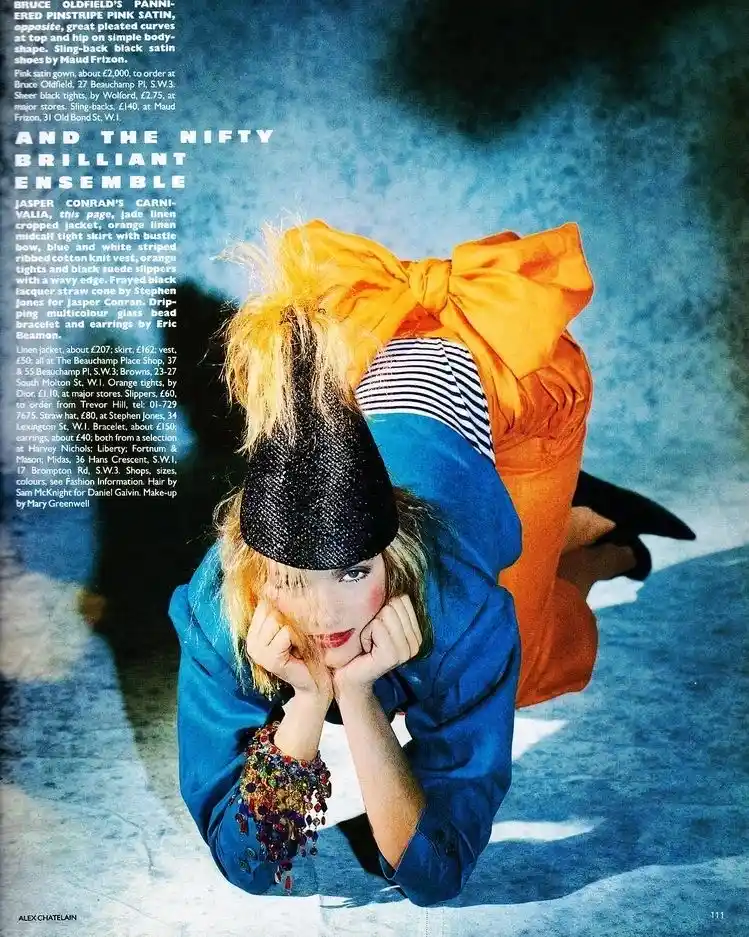
Alex Chatelain:
the photographer of the fashion when it was smiley.

My father was the correspondent of the French newspaper Le Figaro in New York. I wanted to become a painter, but after graduation from the art school in California, I was not inspired to be one anymore. I was struggling with the money at that time, and my model girlfriend introduced me to her photographers – that’s how my photographer career started.
So I became an assistant to Avedon and to Hiro (Yasuhiro Wakabayashi) because Hiro used to be an assistant of Avedon. Avedon saw that he had a great talent so he took him under his wing and had his agent represent him. At that time Avedon switched from Harper’s Bazaar to Vogue and Hiro was working for Harper’s Bazaar. They hired me to build a studio for Hiro in the same building so that the editors would not meet, you know. I assisted Hiro allot but I also printed allot for Avedon. Hiro was fantastic because I printed the pictures of the Beatles, of Nureyev, of Sophia Loren, of Maya Plisetskaya. Avedon had Plisetskaya in his studio for one week. And he would always fall in love with his subjects, whether they are male or female. So he was ecstatically in love with her. And she was a great lady, so nice and kind. One Sunday she came to the studio with her tutu, we didn’t take any pictures but she only danced for us the Swan Lake. All the time there were great people coming. So I stayed there for about two years and then I decided that I had enough of that studio because Avedon never changed: his lighting was always the same. His talent was the psychology. For instance when he photographed someone famous he would find out before what music they liked and then they would come on set and out of sudden there would be the person’s favourite music.
That kind of things. So I learnt that from him. Then I worked for few other people. But I started to think of working on my own. I did a few things for friends who were less known and I continued to work freelance for such photographer as Guy Bourdin and Helmut Newton. I was sort of the European photographers’ assistant in New York. At the same time and it’s very very important for me, there was a club, very big called Max’s Kansas City in New York. It was a fantastic place, it’s marked me for the rest of my life. Because all the artists, all the musicians, everybody who was in an art field went there. It was in the mid-1960s. Every night it would be Andy Warhol there.
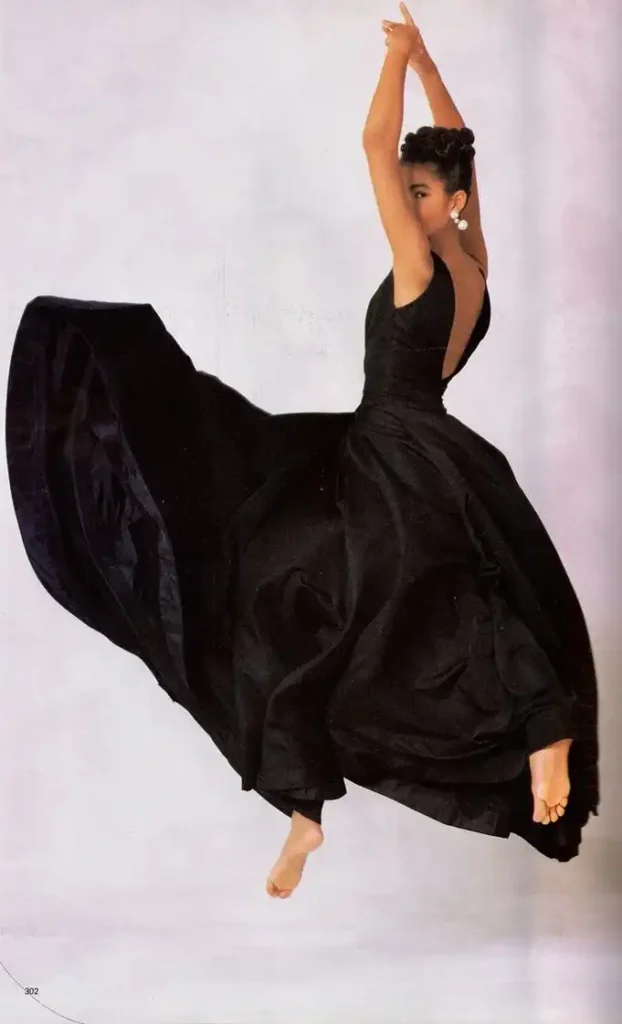
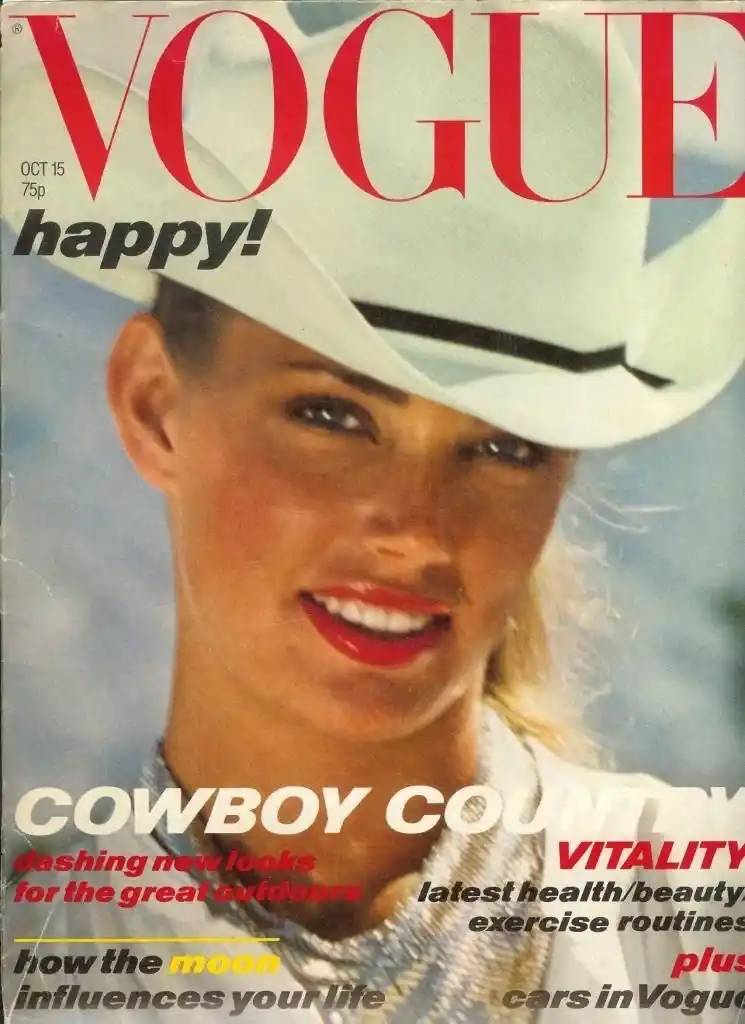
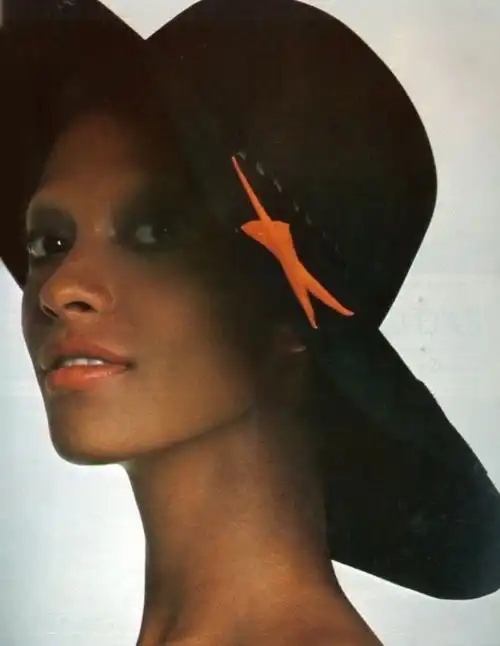
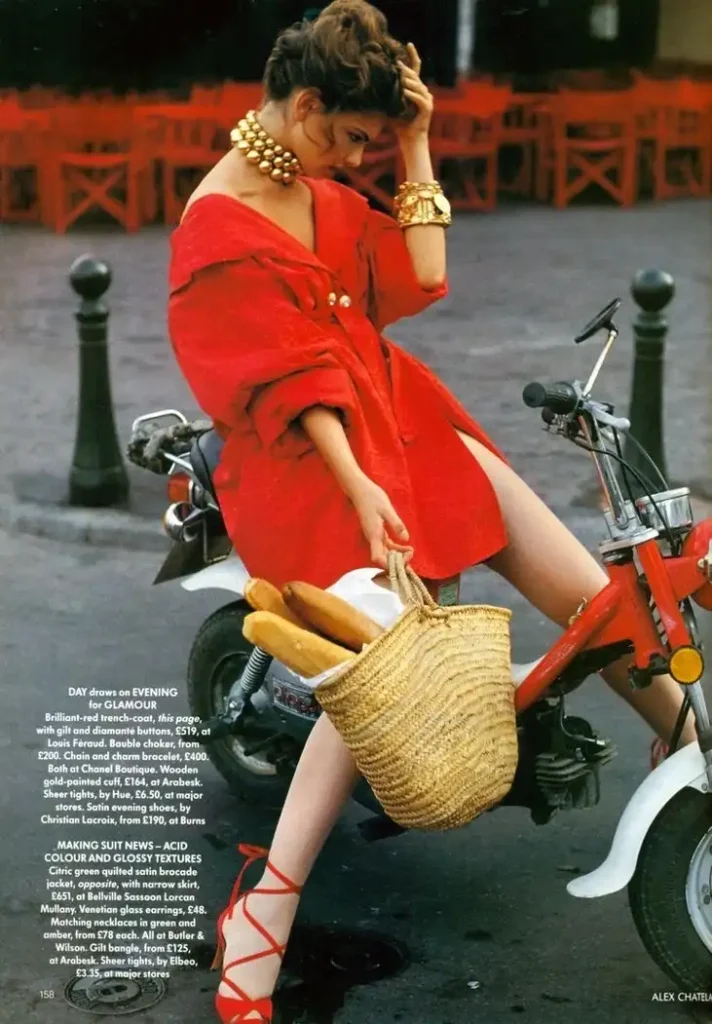
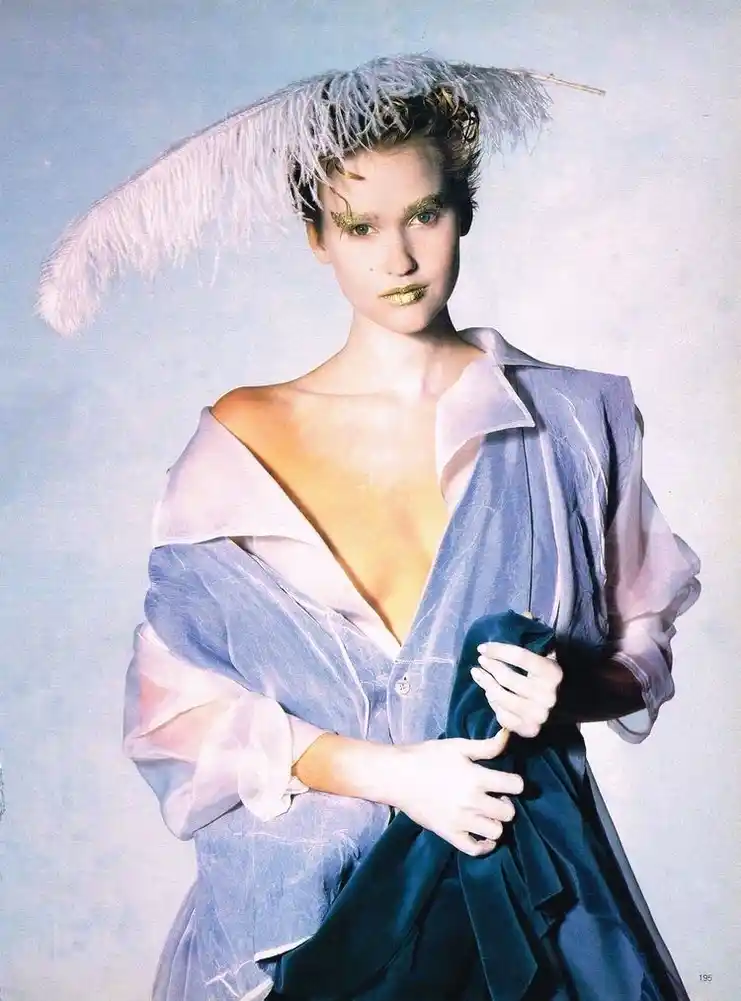
After that I started working for the British Vogue. British Vogue at that time was the best Vogue for sure. Grace Coddington was the editor (early 1970s). I even worked for Anna Wintour, but not in Vogue. She was around seventeen and she was an assistant-editor at Harper’s and Queen in London. She was exactly the same, the same hair cut. The difference was that she had a huge breast and she was very nice then. But later on when I went back to America and worked with her in New York for New York Magazine, we had a fight. She was very nasty. We were working out in Long Island and it was freezinly cold and the models were trembling, so I said: “We gotta stop and gotta have something hot.” And she was like: “No, no, we have to work!”. I have never worked with her again after that. Few years later she was groomed by Alex Liberman who was the head of Vogue US at that time. Before taking on American Vogue she went back to London for about a year. And she said: “There are two photographers I don’t want in British Vogue, Alex Chatelain and Paolo Roversi”. Why? There are things I heard, but I’m not sure if I should believe them, its not very nice. But probably my style of pictures was very smily an happy and at that moment it was the beginning of heroin chic. That was one of the most comfortable reason.
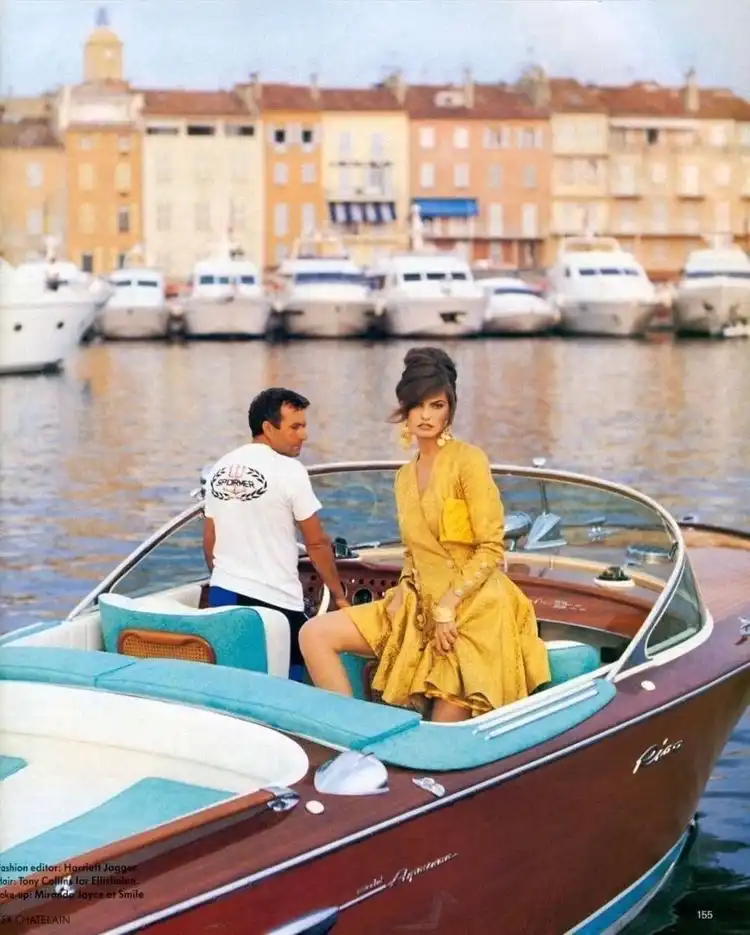
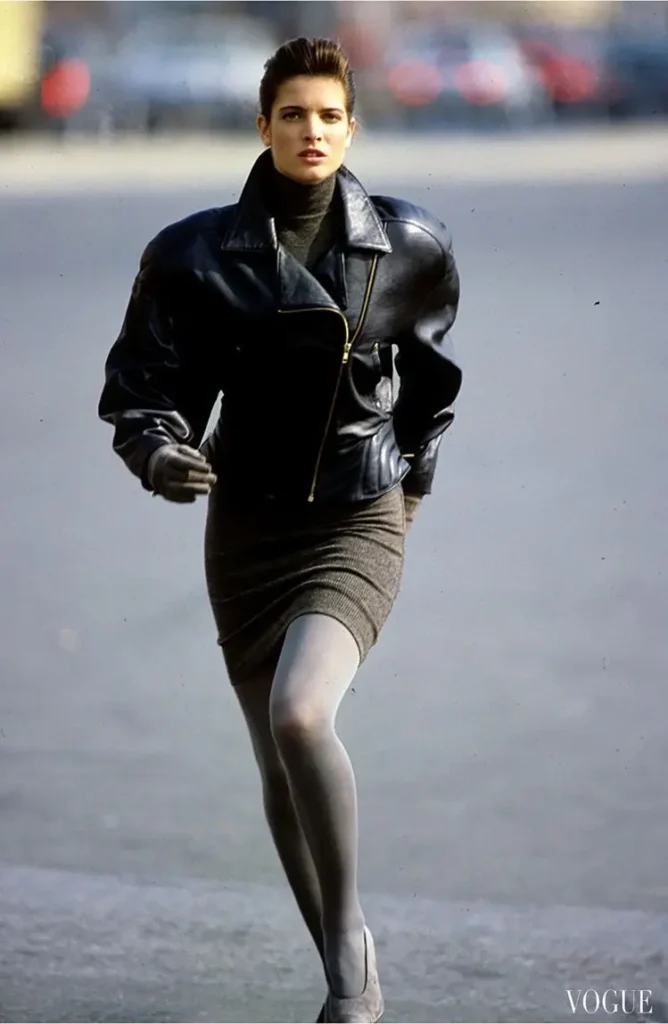
With Avedon we have never been friends. One day we were working with him in a studio, we were photographing very famous American classic musician *Virgil Thomson*. Virgil was a great fun of my families (Alex Chatelain is half-Russian/ half-French with his father comes from the Russian royal family). He was a friend of Picasso and all those artists before the WWI in Paris. He was an American in Paris, part of that whole crowd of intelligentsia and art. He was great friend with my mother, he has actually even asked my mother to marry him, although he was gay. He helped us during the war. So I walked into the studio one day, I was up at Hiro above and I walked down to get something. I see Vergil in front of the camera and Avedon taking pictures. Vergil sees me and was like: “Alex!” And he walks off the set. Avedon was like: “What’s going on here?”. He asked him, how comes that he knows his assistant. Avedon was never friendly with anyone, you know. So, he treated his assistants accordingly, he paid us almost nothing. On the other hand, he was very social-conscious, political in a way, calculative. So, coming back to Vergil, he explained that my father was a Russian painter, my mother was an actress, they were great friends and so on. I became Avedon’s pet, out of sudden he became nice to me. I didn’t like that. Once we went to see Balanchine in New York. And he took me with him just because I would speak with Balanchine in Russian. That kind of things. That was Avedon.
I was friend with Guy Bourdin, who was very nice with his assistants. We were close friends with Patrick Demarchelier; our friendship with Patrick was all about the fun we had together. Both of them, they were part of this (French photographers in New York) gang… Hiro was very nice. They were all different, as people are.
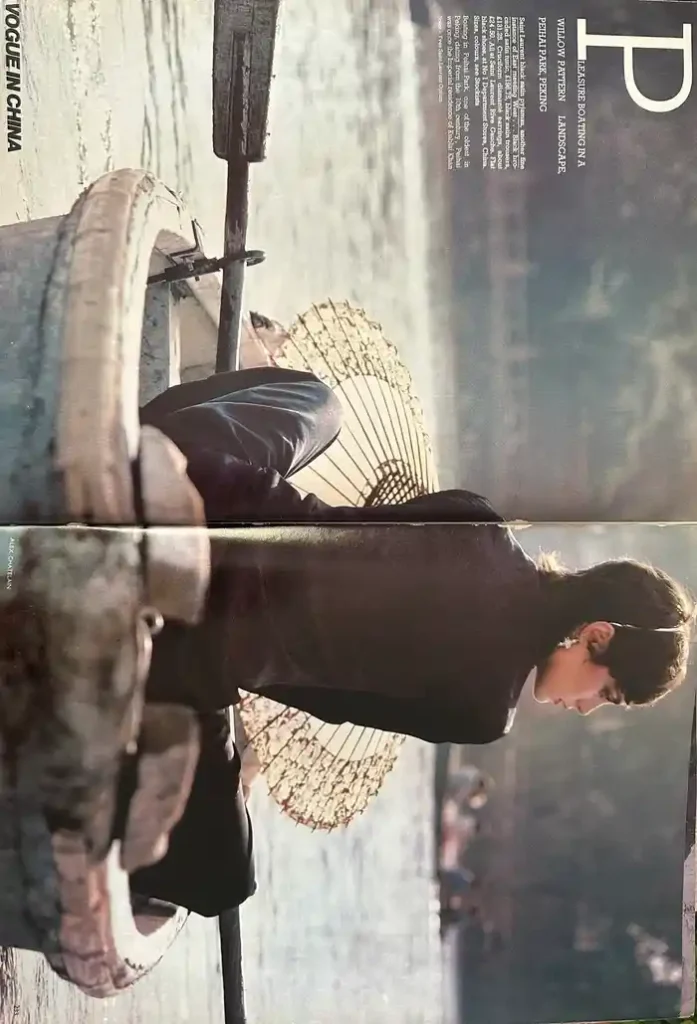
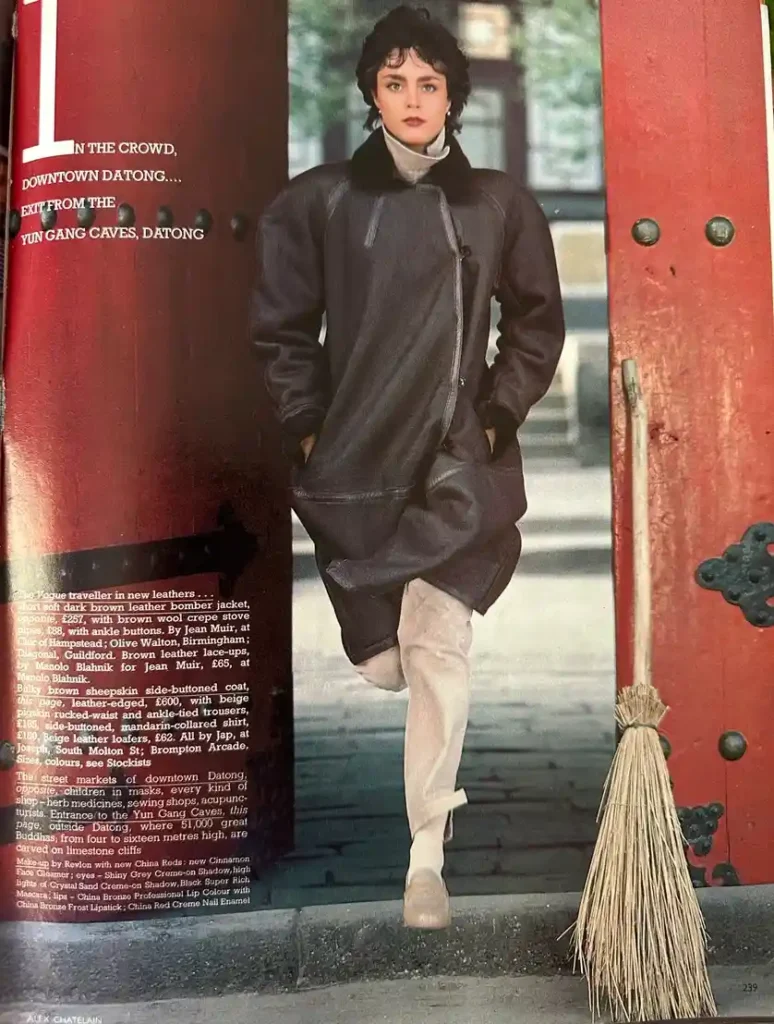
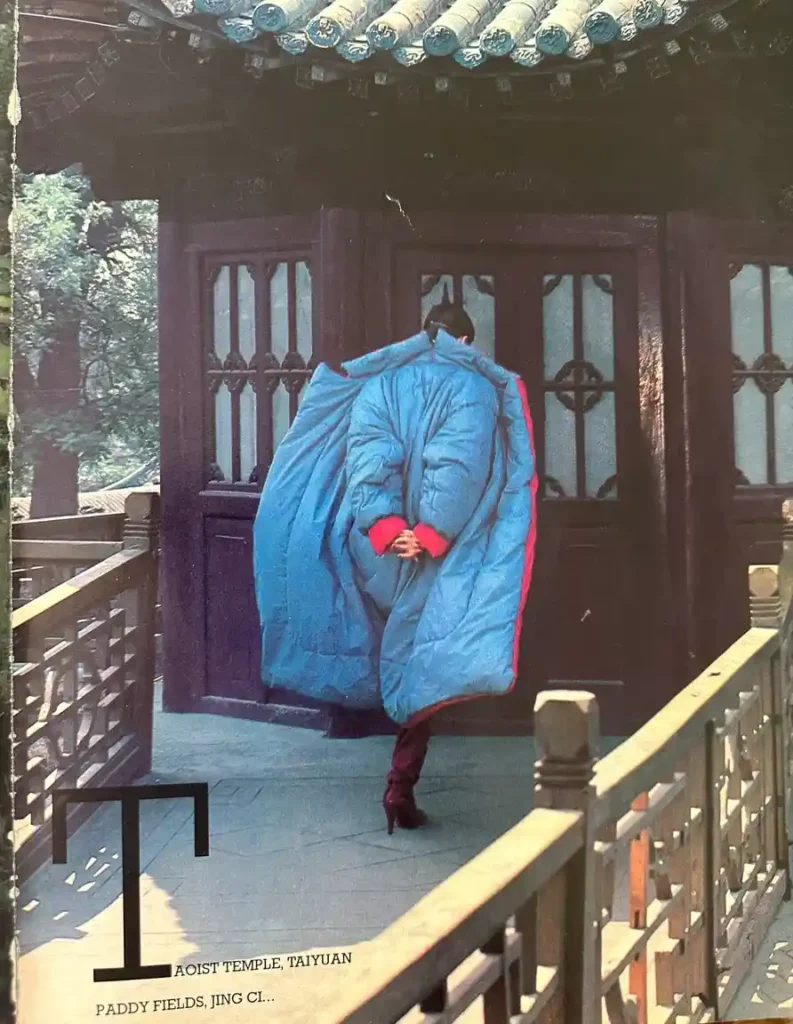
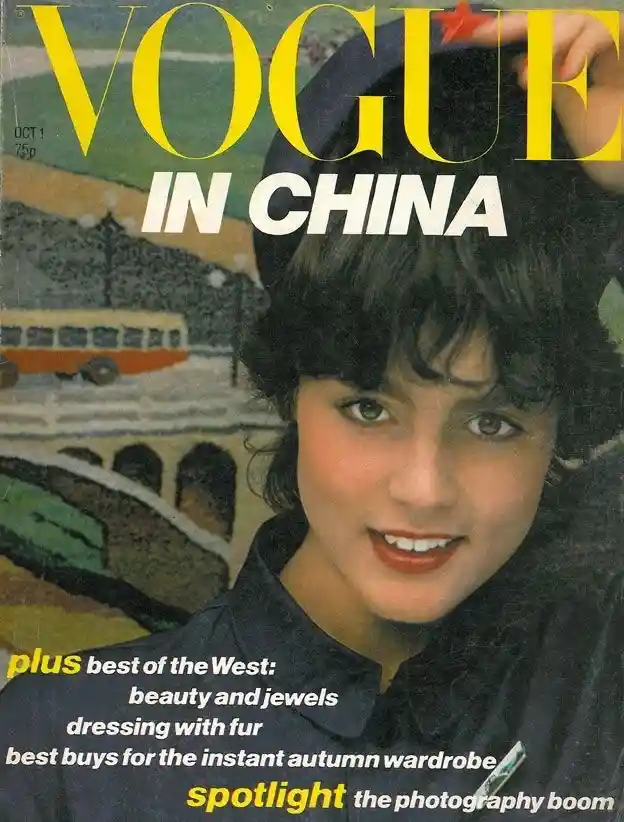
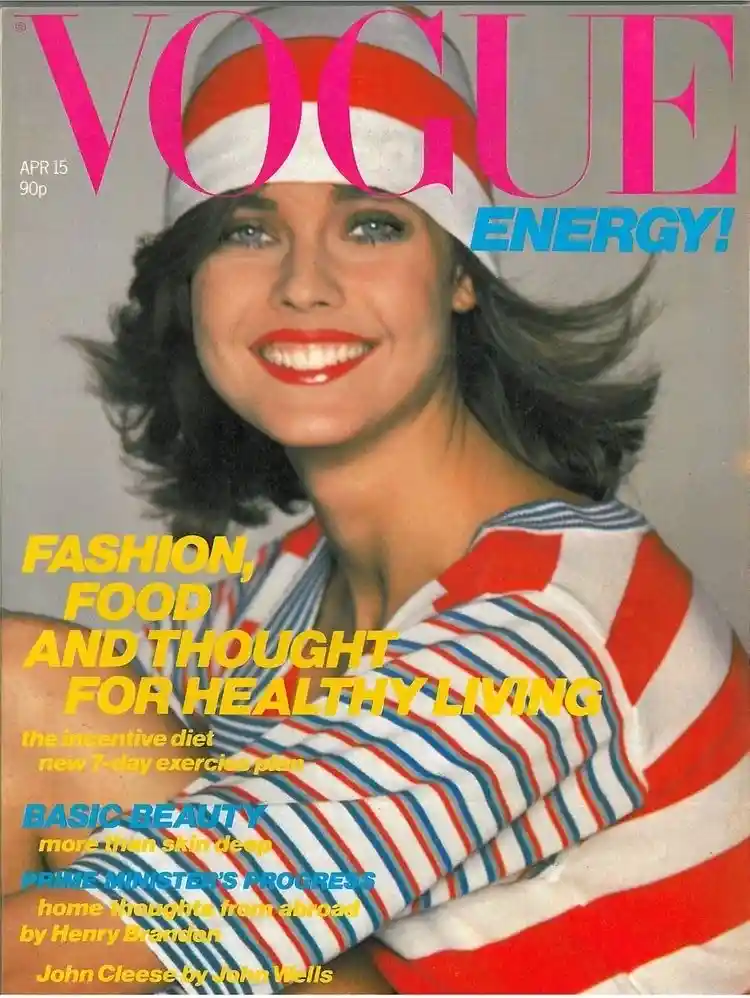
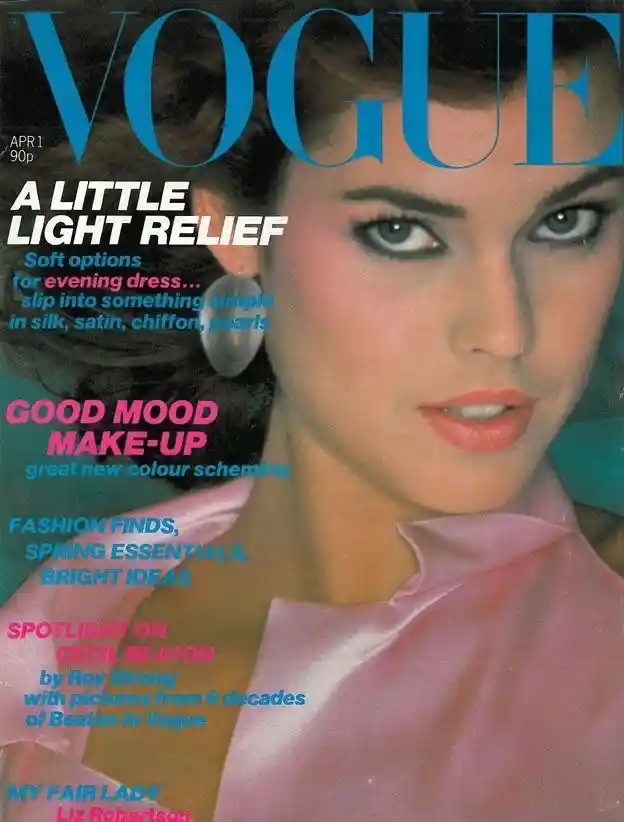
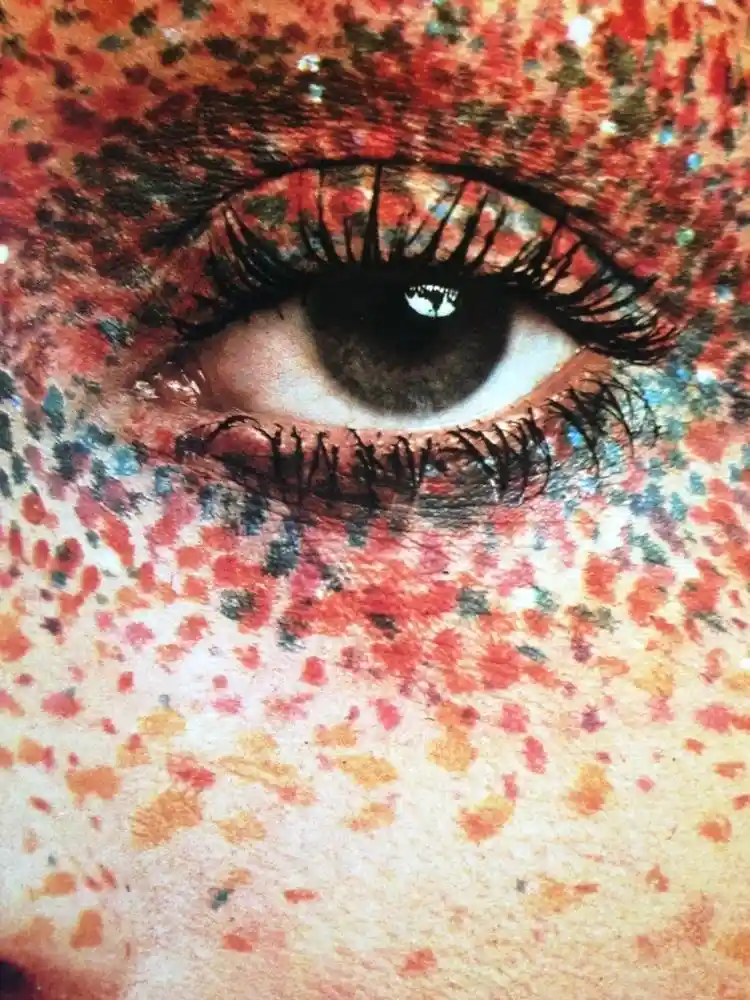
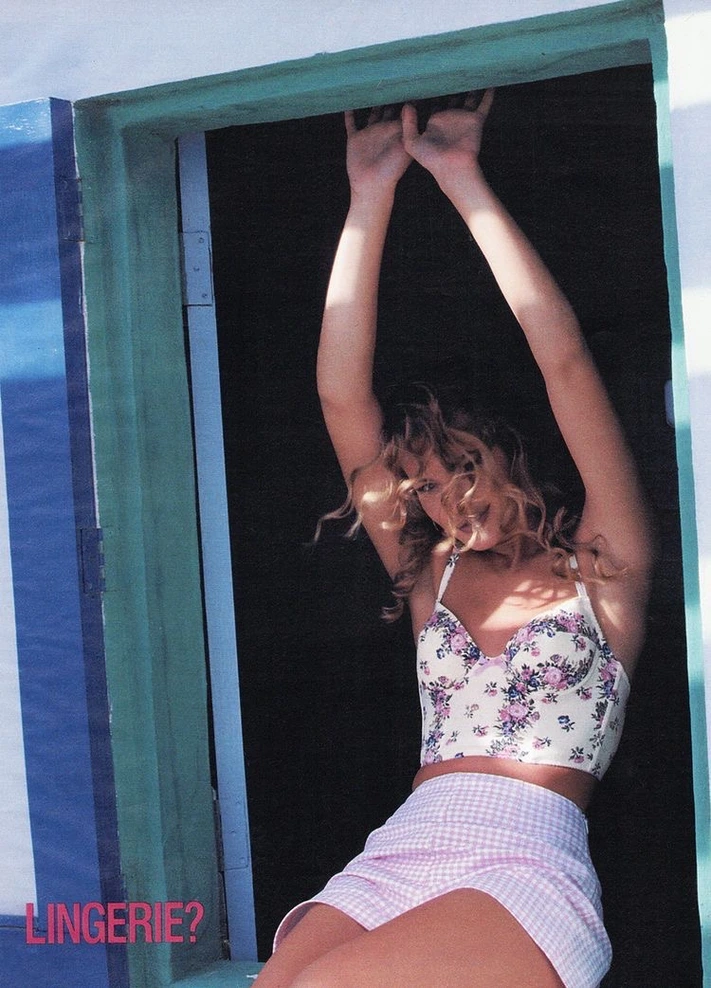

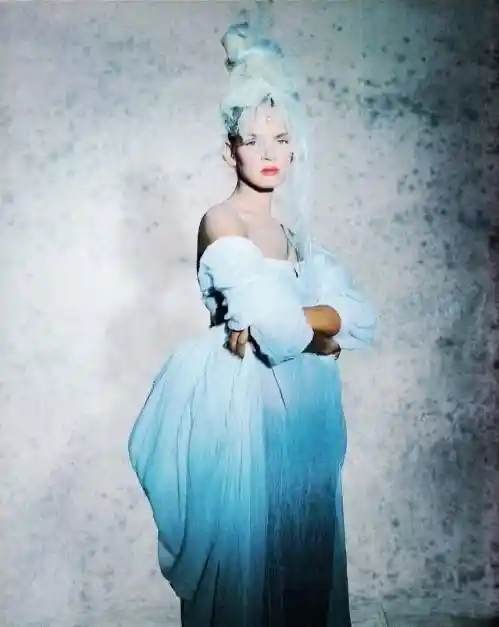
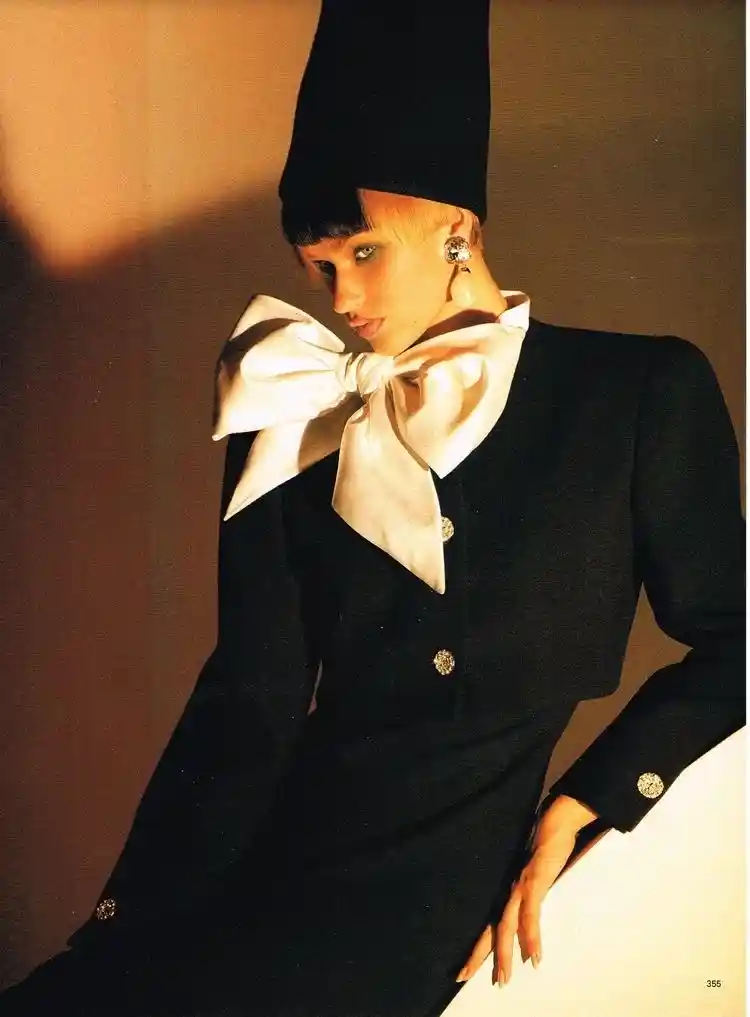
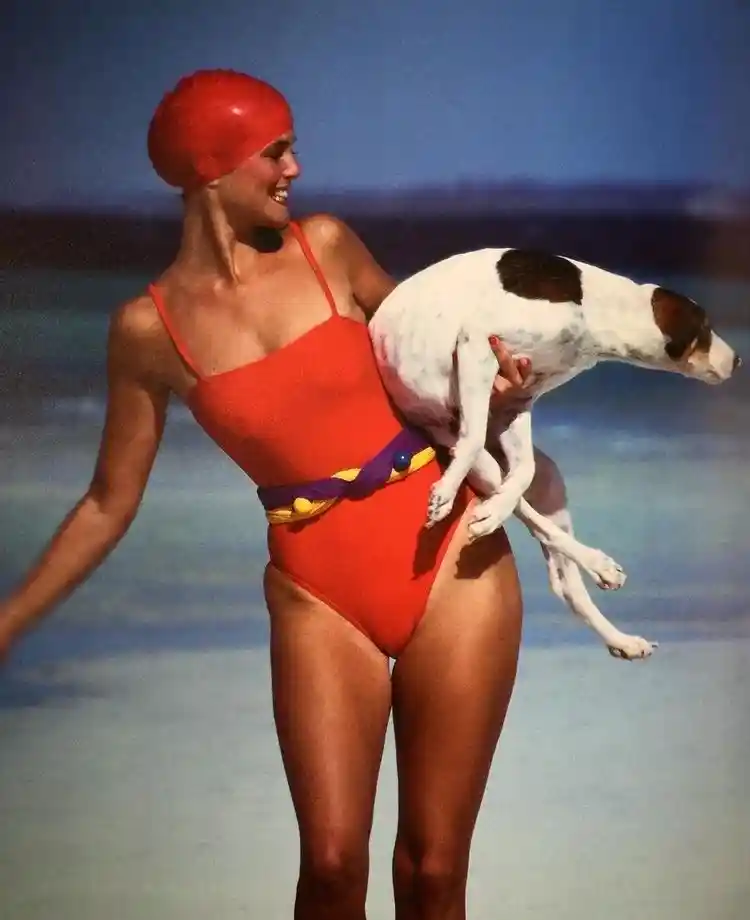
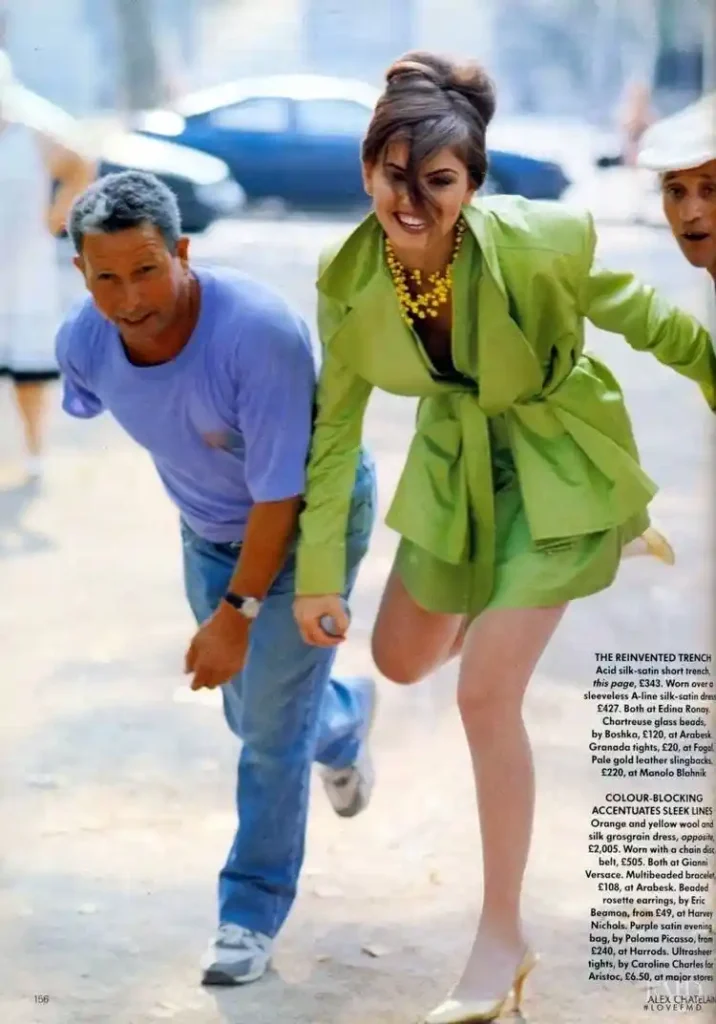
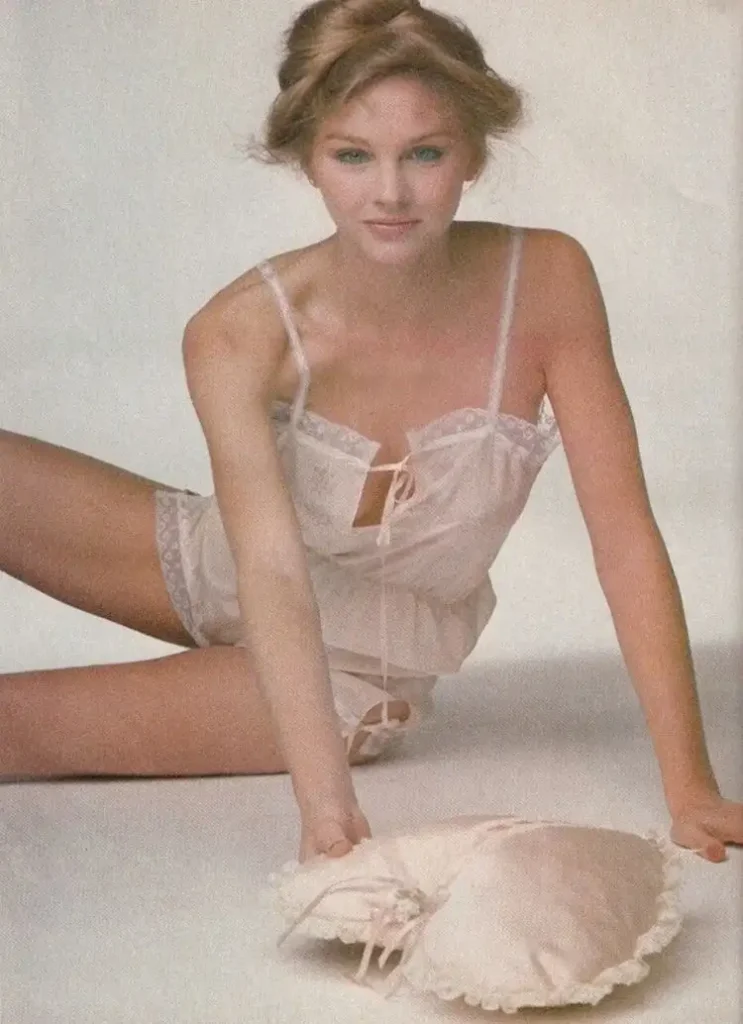
There are no reviews yet. Be the first one to write one.
A whole world on the tip of a pencil. The story of an artist who proved that true art has no limits and that it is never too late to start all over again.
International fashion icon and symbol of Parisian style, Ines de la Fressange is one of the most famous women in France.
Anastasia Pilepchuk is a Berlin-based artist with Buryat roots. She creates masks and face jewellery inspired by the nature and the culture of her beautiful region.
A whole world on the tip of a pencil. The story of an artist who proved that true art has no limits and that it is never too late to start all over again.